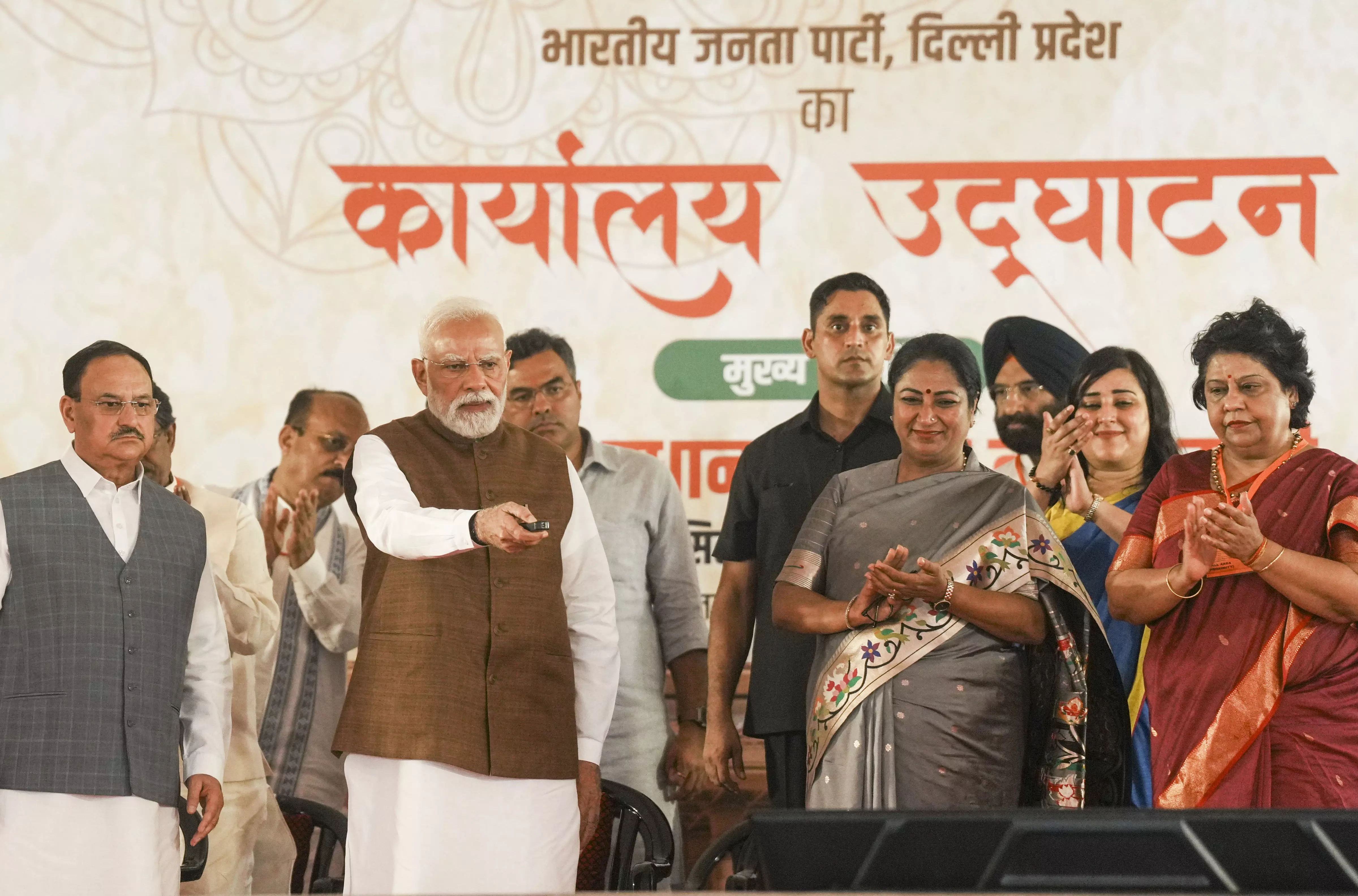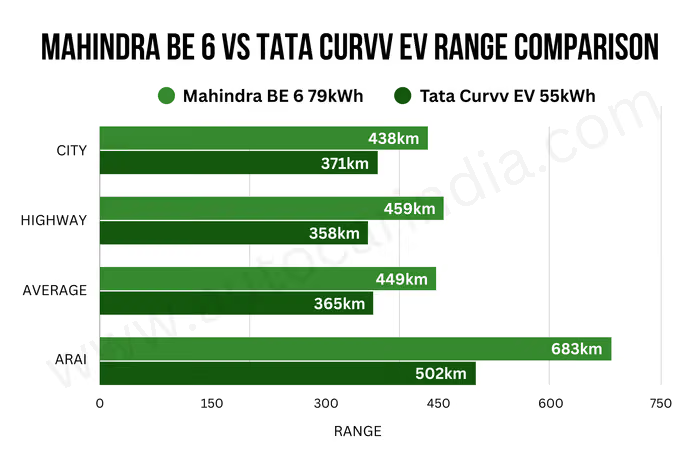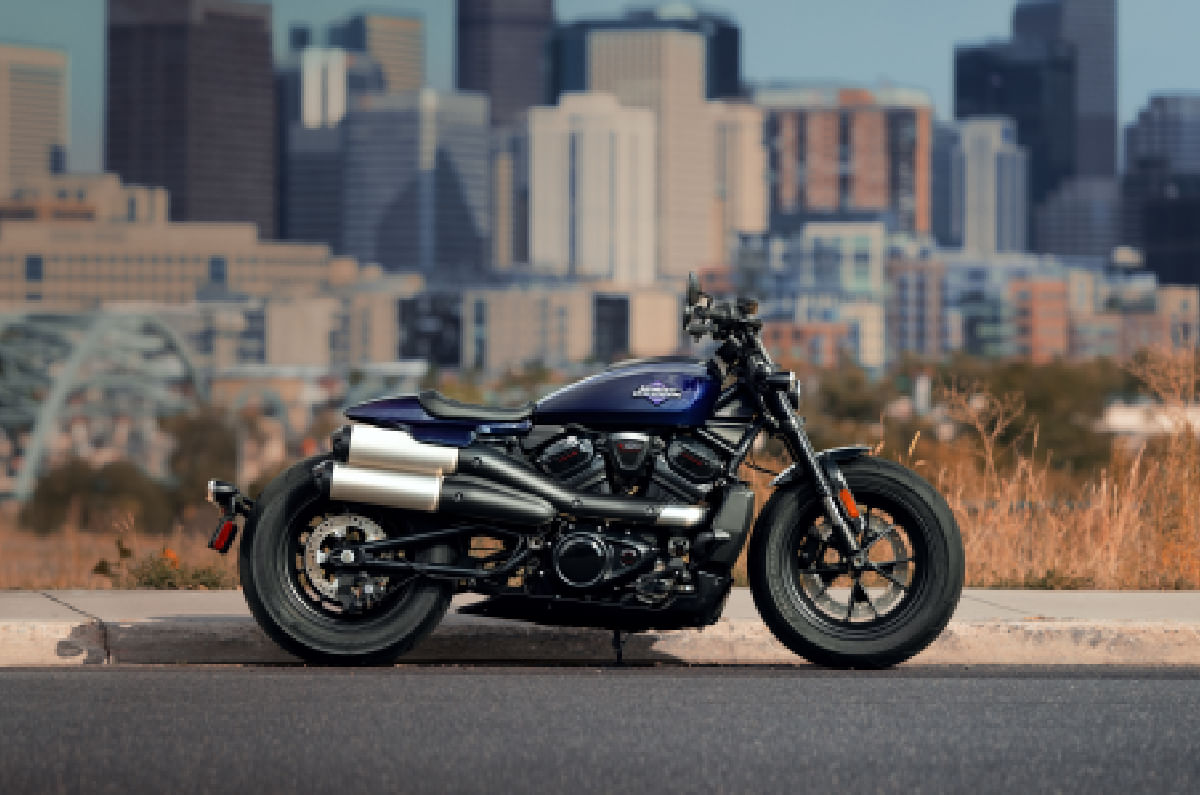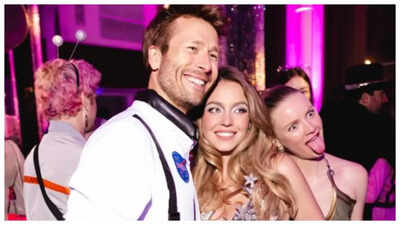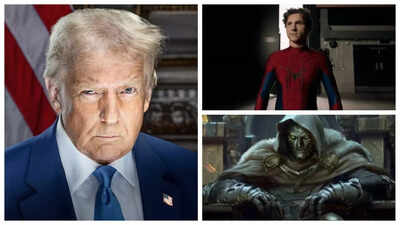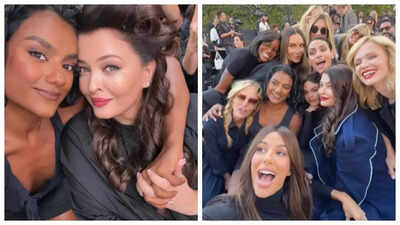The Smashing Machine deliberately sets out to subvert the expectations of audiences settling in for a conventional sports biopic. Benny Safdie’s first big-screen solo project without his brother and frequent co-director Josh (Benny also co-created the Showtime series The Curse with Nathan Fielder) provides a glimpse into the early days of the sport now known as mixed martial arts that’s neither inspirational nor bleakly tragic, neither Creed nor The Iron Claw. Rather, this is a character study of a flawed but admirably dedicated athlete, set against the backdrop of a rapidly evolving extreme sport.
Above all, The Smashing Machine is a showcase for its star Dwayne Johnson, whose own history as a pro wrestler is an inextricable part of the screen persona he’s created over the past decade and a half: genial action hero, reliable driver of fast-and-furious vehicles, and corny yet undefeatable dad. In choosing to play a darker, more volatile, less heroic character than any he’s taken on before, Johnson reveals an intriguing new dimension of himself as an actor. It’s a shame Safdie’s script is at such pains to avoid sentimentality and outsize emotion that it winds up playing its cards too close to the vest, never really giving the star, or the movie, a chance to strut his stuff.
The Smashing Machine is also the title of a 2002 HBO documentary directed by John Hyams, and Safdie adopts some of the visual conventions of nonfiction filmmaking to tell the true story of both films’ subject, the ultimate fighting star Mark Kerr. The handheld camera (the cinematographer is Maceo Bishop) bobs and weaves around the ring, occasionally zooming in on the reaction of faces in the crowd. As we observe Mark and his opponents interacting outside the ring, in the dressing rooms and hallways of the stadiums where they fight, there’s a sense of eavesdropping on encounters we weren’t meant to see. In keeping with the gritty, off-kilter style of the 1970s movies the Safdies are on record as loving—crime dramas like Dog Day Afternoon, The French Connectionand Taxi Driver—The Smashing Machine eschews conventional Hollywood polish. Though Johnson is outfitted to within an inch of his life with facial prosthetics, his signature bald dome topped with a frizzy black wig, there’s still a sense of naturalism in the way the camera explores his vast mountain of a body, covered in sweat, stubble, scars, and often fresh stitches and bruises from the punishment he’s endured in the ring.
At one tournament early in the film, the previously undefeated Mark loses a match after his opponent employs an especially brutal move that the tournament’s organizers had just declared out of bounds. After Mark lodges a complaint, the loss is reclassified as a “no decision” result—a seemingly neutral outcome that nonetheless sends the ultracompetitive athlete into a dark spiral of opioid addiction and misplaced rage. Though he never physically threatens his live-in girlfriend Dawn (a glammed-up, gum-snapping Emily Blunt), Mark, when provoked, is not above breaking a door in half with one colossal fist. When Dawn finds him unconscious on the floor of their nicely appointed home in Phoenix, he finally agrees to enter rehab. But his newfound sobriety is threatened when he returns home to a partner who, supportive though she tries to be, also tests his resolve by continuing to go out drinking with her friends.
Meanwhile, Mark’s old training partner and longtime best friend Mark Coleman (Ryan Bader, a real-life MMA fighter) is emerging as a star of the sport. Mark resolves to start training in earnest with a legendary former champion (the Dutch-American mixed martial artist Bas Rutten), and a few years postrehab he’s ready to reclaim his place at the top of the field. At a championship tournament in Japan, the two friends, who have never faced off in the ring, seem destined to finally find themselves in head-to-head competition.
Adding to the documentary-like texture of the tournament sequences is a deep bench of real-life MMA fighters playing fictionalized versions of themselves. Safdie’s predilection for casting nonactors alongside experienced screen performers—a common choice in the brothers’ co-directed films as well—has mixed results. Rutten is memorably fierce and tender as the veteran trainer periodically racked with pain by his old fighting injuries. But Bader, though he’s playing a major character whose emotional warmth and deep loyalty are crucial to the film’s story, has trouble communicating more than a generic “Love ya, bro” affability.
Safdie’s insistence on decentering—or is it distancing himself from?—the usual points of focus in such a film leaves the audience struggling to find elements of the story to connect with. As Mark and Dawn engage in knock-down, drag-out battles over trivial disputes—did she put whole or skim milk in his pre-training smoothie? Is he betraying her trust by calling up his AA sponsor to complain about her as she stands well within earshot?—it’s unclear whether Safdie wants us to root for their affectionate but pathological bond to endure. The fight scenes, too, are shown from such a deliberately removed point of view—the camera stays mostly outside the ropes, rarely cutting to Raging Bull–style close-ups of the fighters’ battered faces—that I found myself thinking more about the evolving rules of the sport over the period in which the movie takes place (1997–2000) than about who would win each individual match.
The work of the Safdie brothers has always seemed to me to proceed from the principle that one of the highest aims of cinema is to successfully transfer the anxieties of a film’s characters onto its audience. Good Time and Uncut Gems both had that exact effect on me: As the closing credits rolled, I felt jittery and a bit sick, seized by the protagonists’ troubled inner state even as I puzzled over what the movies as a whole were trying to say. Benny Safdie’s first solo film, to its credit, explores different psychological territory. Rather than entrapping us in Mark’s roiling brain, he seems to be purposely walling us off from both the character’s and the actor’s interiority.
This role has been buzzed about as Johnson’s shot at an Oscar nomination. It’s true the academy loves radical transformation through prosthetics, and the makeup, by two-time Oscar winner Kazu Hiro (Darkest Hour, Bombshell, Maestro), is exceptional. But is the casting of a famous and charismatic former wrestler as a famous and charismatic mixed martial artist really that “far from self,” to use an acting-school phrase? When Johnson buries his face in his hands and sobs after Mark’s first-ever defeat in the ring, it initially feels as if we might be getting a glimpse behind his seemingly impregnable exterior, a crack in the Rock. But Safdie’s camera and the film’s sympathies remain at arm’s length, obscuring what’s going on inside Mark’s gigantic cranium even more effectively than his dinner-plate-sized hands. When the real-life Kerr shows up to play himself in a curiously flat final scene—he even waves goodbye to the audience, in a perplexing breach of the fourth wall—the viewer feels no sense of awe at how accurately Johnson has captured the real fighter’s physicality or embodied his inner spirit. Rather, we’re left wondering who both men really are—and more significantly for this movie’s awards chances and box-office potential, why we should care.





